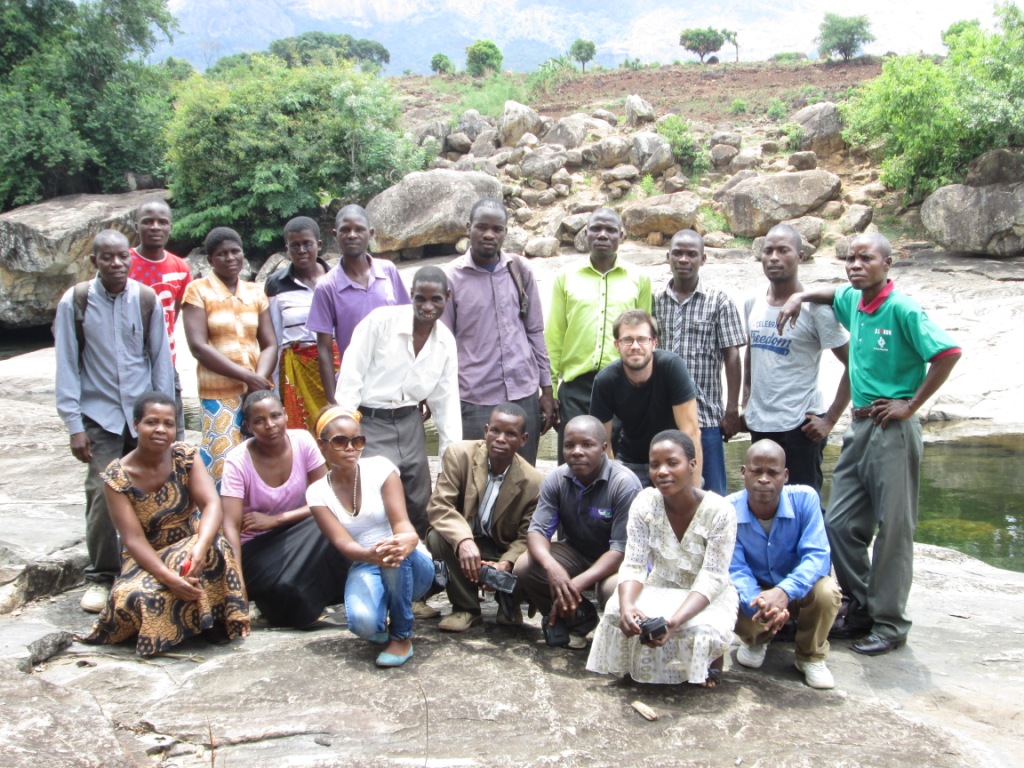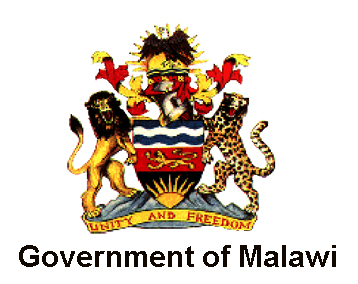Partners
Inter Aide Child Health Programs in Malawi are joint initiatives between the following partners:
Inter Aide
Inter Aide is a humanitarian organization with headquarters in France. Inter Aide was founded in 1980 and has been running programs in Malawi since 1991. See the Inter Aide website for more information.
Malawi Ministry of Health
The Ministry of Health provides health services directly to the population through government run health centres and hospitals.
Our Central Region (Lilongwe District) program involves:
- Lilongwe District Health Office: Responsible for providing health services to the 2.6 million people living in Lilongwe district.
- Mitundu Health Area: One of six health areas within Lilongwe district, responsible for managing ten health centres and a community hospital.
- Katchale Health Centre: A health centre under Mitundu Health Area, providing primary care, maternal and reproductive health services to a population of around 19,000 people.
- Maluwa Health Centre: One health centre under Mitundu Health Area, providing primary care, maternal and reproductive health services to a population of around 20,000 people.
- Dickson Health Centre: One health centre under Mitundu Health Area, providing primary care, maternal and reproductive health services to a population of around 44,000 people.
- Chiunjiza Health Centre: One health centre under Mitundu Health Area, providing primary care, maternal and reproductive health services to a population of around 29,000 people.
- Chiwosa Health Centre: One health centre under Mitundu Health Area, providing primary care, maternal and reproductive health services to a population of around 32,000 people.
Our Southern Region (Phalombe District) program involves:
- Phalombe District Health Office: Responsible for providing health services to the 320,000 people living in Phalombe district.
- Nambazo Health Centre: A health centre within Phalombe District, providing primary care, maternal and reproductive health services to a population of around 45,000 people.
- Kalinde Health Centre: A health centre within Phalombe District, providing primary care, maternal and reproductive health services to a population of around 33,000 people.
- Nazombe Health Centre: A health centre within Phalombe District, providing primary care, maternal and reproductive health services to a population of around 35,000 people.
- Waruma Health Post: A health post within Phalombe District, providing primary care services to a population of around 27,000 people.
- Nambiti Health Post: A health post within Phalombe District, providing primary care services to a population of around 16,000 people.
Traditional Authorities
Traditional authorities provide governance at community level, including locally enforced by-laws and policies. The program involves all levels of the chieftaincy system, including Traditional Authorities, Group Village Headmen and village chiefs. Local Area Development Committees are also involved.
Our Programs
Goal
Our goal is to reduce the number of children under five years old, including neonates, who get sick or die from preventable diseases.
Objectives
We plan to achieve this goal by:
- Increasing the number of children receiving early diagnosis and treatment for malaria, diarrhea, and pneumonia.
- Increasing the number of parents implementing prevention behaviours, including using latrines, washing hands and having their child sleep under a bed net.
- Reducing the number of complications during pregnancy and birth through increasing the use of safe delivery services and family planning.
For further details see the Strategy section and Program Documentation.
Catchment Areas
Inter Aide’s Child Health Program in Malawi covers 2 catchment areas:
Central Region
The central region program is being implemented in all villages within the catchment area of Katchale, Maluwa, Dickson, Chiunjiza and Chiwosa Health Centres, located within Mitundu Health Area in Lilongwe district. The total population covered is around 144,000 people, from 33,700 families and includes 22,000 children under five years. See a map.
Southern Region
The southern region program is being implemented in all villages within the catchment area of Nambazo, Kalinde and Nazombe Health Centres, as well as Waruma and Nambiti health Posts, located within Phalombe district. The total population covered is around 160,000 people, from 35,500 families and includes 26,000 children under five years. See a map.
Duration
The program started in 2014 in Lilongwe district and 2015 in Phalombe district. Community activities are implemented for a duration of 2 to 4 years in each health facility area depending on the results obtained, whereas health system support activities are maintained over time. New catchment areas may be identified and added to the program every 2 to 4 years.
Our Team
The program is being implemented by a joint team of Inter Aide staff and government health staff. They are being assisted by community volunteers.




